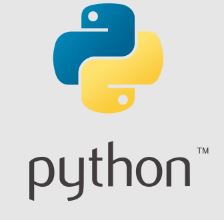Author: user
How to identify and extract duplicate elements from an array in Ruby
Dealing with duplicate elements in an array is a common problem in programming, and Ruby provides several efficient ways to…
Reversing a string in Ruby: Exploring custom solutions
Reversing a string is a common programming task that can be approached in various ways. While Ruby provides a built-in…
Hive Metastore Server : The centralized metadata repository that stores essential information about Hive tables
At the heart of Hive’s functionality lies the Hive Metastore Server, a crucial component that centralizes metadata management. In this…
Dynamic vs. Static partitioning in Hive: Choosing the right strategy for data management
In this article, we’ll dive into the distinctions between dynamic and static partitioning in Hive, providing detailed examples and insights…
Deep Dive into Static Partitioning in Hive
Static partitioning is a technique in Hive that allows you to manually define and manage partitions in a table. Unlike…
Explore the power of dynamic partitioning in Hive
Dynamic partitioning is a feature in Hive that allows you to organize data within tables based on one or more…
Advantages of using external tables in Hive
In the world of big data and data analytics, Apache Hive plays a pivotal role by providing a SQL-like interface…
Aptitude : Problems on Ages
(1) If 5 years ago, Ravi’s age was twice that of his son’s current age and Ravi is currently 40…
Optimizing data queries with AWS Glue and Amazon Athena
AWS Glue, a serverless data integration service, and Amazon Athena, an interactive query service, together offer a seamless solution for…
Mastering data partitioning in AWS Glue
This article explores how AWS Glue handles data partitioning during processing, supplemented by a real-world example. Understanding data partitioning in…










